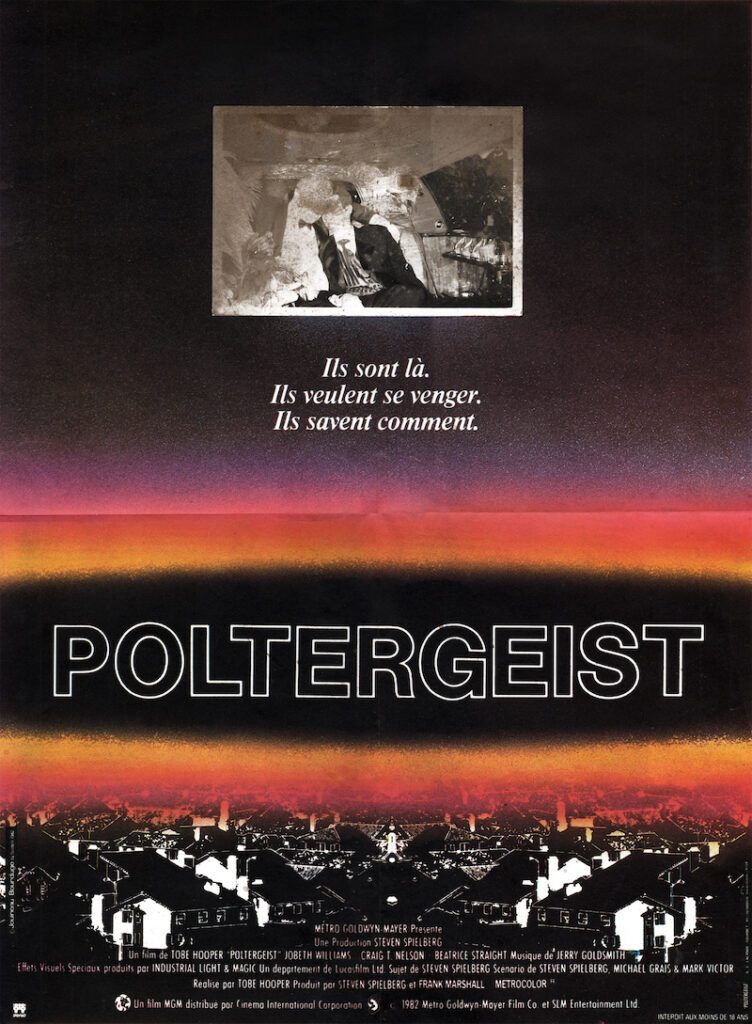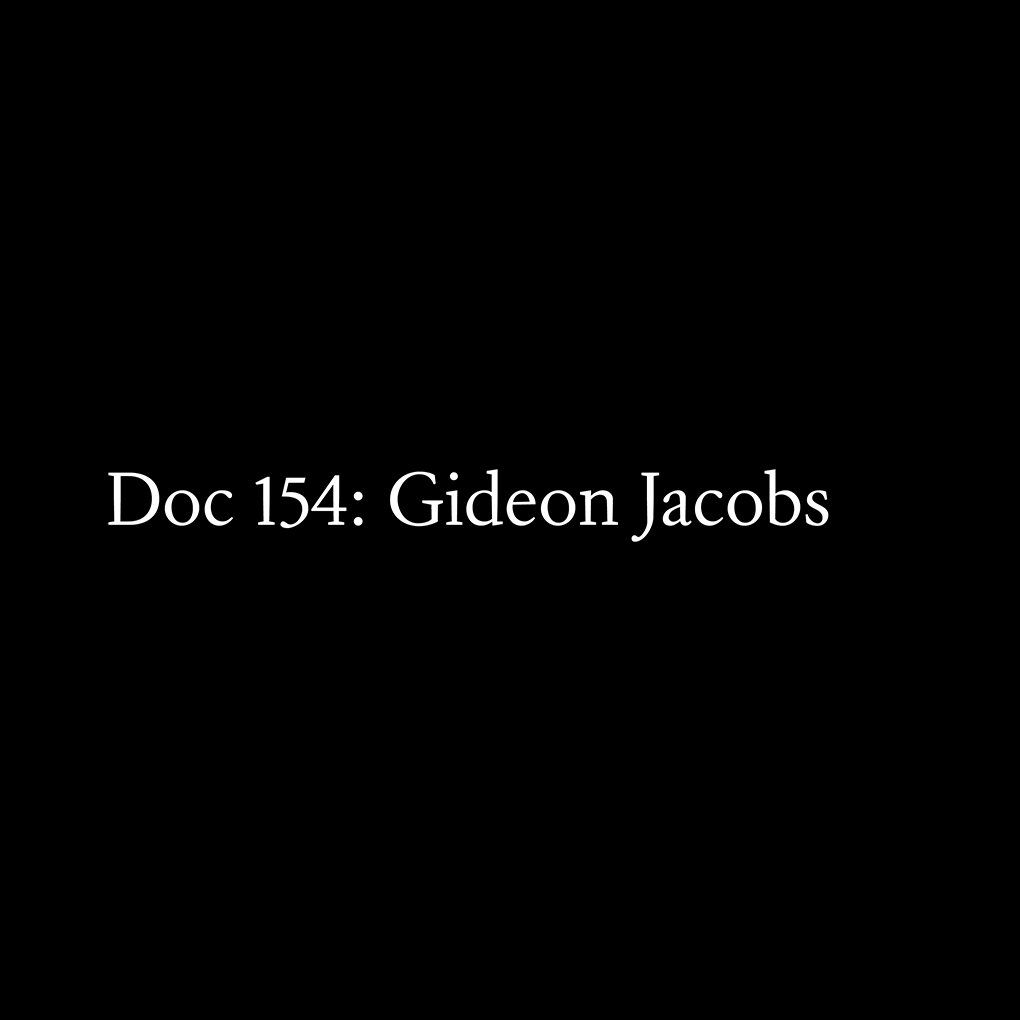
I moved five years ago to a hillside development called the Arroyo Estates after my partner of twenty years died of cancer. It’s a grand name for what must have been a suburban middle-class development in the ‘60s. I’d be curious to see their historic brochure, how they advertised the parcels back then, these ranch style homes with degraded touches of modernist architecture. Built by Glendale developer William Gorham, the tract of about 200 houses makes me think of the newly constructed neighborhood that the husband in the first Poltergeist is hired to sell. The development is haunted and we learn at the end of the film that it was built over a cemetery. The builders, in an effort to save money, left the bodies buried and only relocated their tombstones.
A lot of my neighbors’ houses have been sold since I moved here. I went to an estate sale across the street, the lady who was a figure skater in her youth had recently died. It was strange to see the place as it was originally designed, with no update. It was bought by a couple who completely redid it and flipped it six months later. I went to an open house up the street last summer. It was heartbreaking. The woman was there sitting in the living room while people were touring inside with the real estate agent. It looked like she was about to be shipped to a nursing home.
This house has always felt strange to me, pleasant but strange and eerily quiet. It’s five minutes away from my old house which felt more like a home; five minutes walking and five minutes driving. That’s a riddle. There’s one of these staircases, so common in L.A., that takes you up from Ave 67 to Ave 66, so it’s quicker to walk than to drive; to drive would mean a whole detour around the hillside.
When I moved here, I dropped in all my furniture from my old house and things fell into place effortlessly. The two houses have a similar configuration. I moved what didn’t fit into the garage. I was mourning. It didn’t feel like the start of a new life and something to be celebrated. There was too much sadness associated with the house, a house my deceased partner would never experience.
The week I moved here, I made a collage using the original French movie poster of Poltergeist and covered the image of Heather O’Rourke looking at a T.V. set with a snapshot of my partner and I riding in a limo on New Year’s Eve 1999. The photo had been standing unframed on his bedroom’s dresser and had accumulated dust and grime for sixteen years, erasing our faces in the process.
Born in Rabat, Morocco, in 1967, Hedi El Kholti moved to Los Angeles in 1992, working in the film industry for five years before earning a BFA degree at Art Center College of Design. Since 2004 he has been a co-editor at Semiotext(e), alongside Chris Kraus and the late Sylvère Lotringer, where he created the publication Animal Shelter, an occasional journal of art, sex, and literature. His visual work has recently been exhibited at the Kölnischer Kunstverein, Cologne, Reena Spaulings Fine Art, Los Angeles, and the Hammer Museum, Los Angeles.

